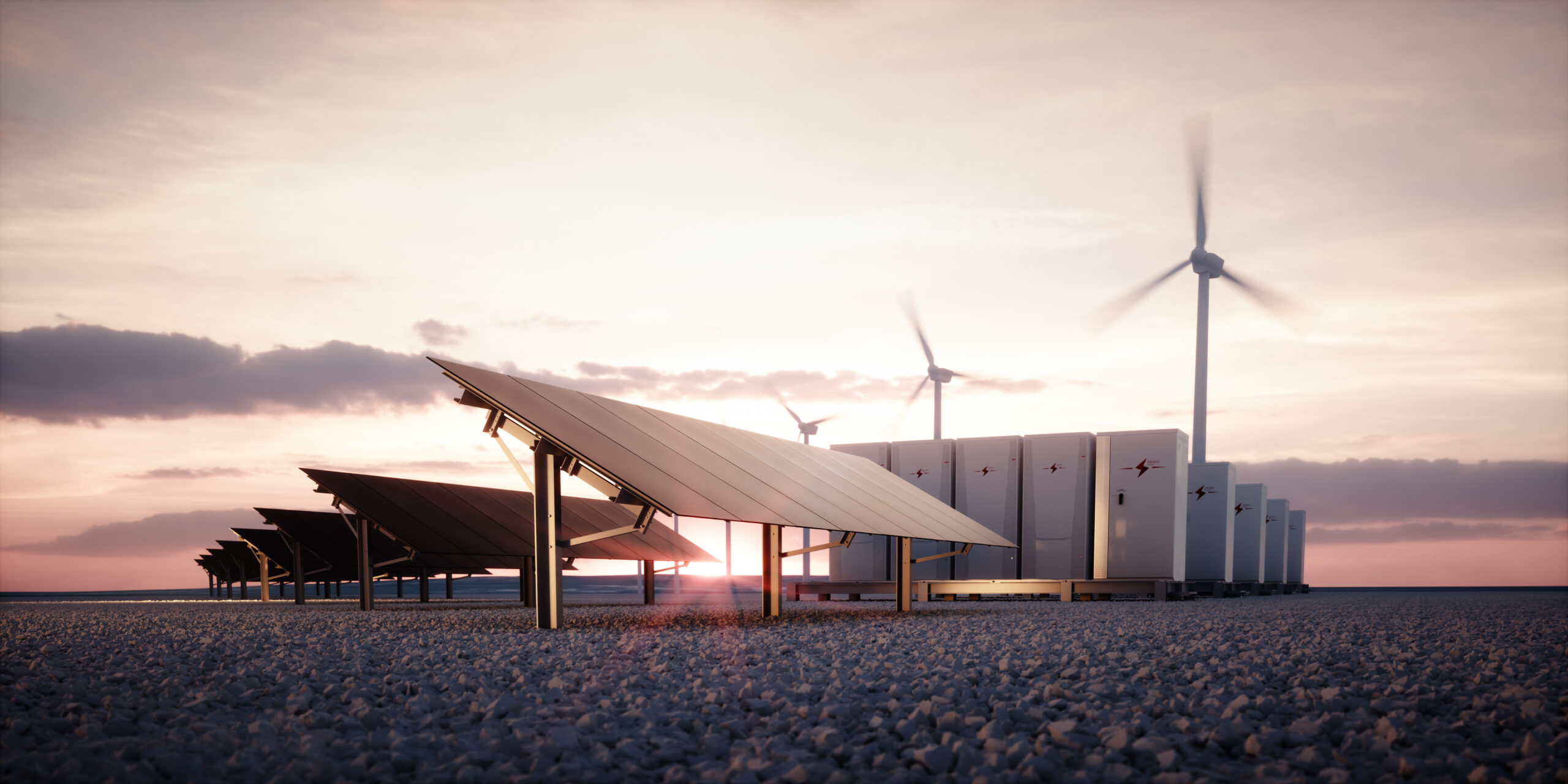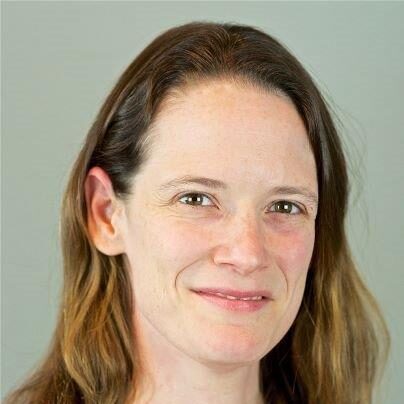Distributed Energy Resource Management Systems (DERMS)
Distributed Energy Resource Management Systems (DERMS) enable a utility to monitor, control and optimize a variety of types of Distributed Energy Resources (DERs). DERMS software can be added to the utility’s suite of tools to help provide safe, reliable power that is cleaner and less costly. A lot of work is required before procuring and implementing a DERMS. Answering “Why?” , “Who?”, “What?” and “When?” before getting to the “How?” can help pave the way for a successful DERMS implementation.
Why DERMS? The Business Case
The business case for a DERMS can vary greatly between utilities depending on the types of DERs in their territory and the market penetration of each type. The grid challenges being encountered, the regulatory environment and the market structure in place also play an important role. Clean energy targets set by the state or other entities and how the utility plans to meet these targets must also be accounted for.
The business case should describe how the DERMS adds value in alignment with company objectives, while identifying how the benefits will outweigh the cost over time. For example, by providing additional visibility and control capabilities, DERMS can help DERs interconnect at a faster pace while maintaining grid stability.
It is important to have measurable metrics that can be validated and adapted throughout the DERMS implementation and operations to demonstrate that the benefits outlined in the business case are being achieved. Benefits can be quantified in multiple ways, including carbon reduction and lowering costs for all ratepayers in an equitable way.

Who are the Stakeholders that Will Use or Benefit from DERMS?
The stakeholders need to be identified in order to create a comprehensive set of requirements for DERMS.
DERMS cuts across many different areas of the business, so representation will be needed from across the utility. Even groups that don’t directly use DERMS can benefit from it and will be affected by it. Stakeholder groups can include distribution operations, DR/DER program managers, system planning, interconnection, transmission operations and energy procurement.
One particular challenge that can be encountered at this stage is that the different stakeholder groups may not have traditionally interacted with each other. An example of this could be the DR/DER program managers with a customer perspective may have limited interaction with the distribution operations group that have a grid perspective. This challenge also presents an opportunity for the DERMS team to foster cross-team collaboration to create better end-to-end processes around DERs.
External stakeholders include end customers who are looking to connect DERs to the grid and possibly be incentivized for usage of their DERs. DER developers and third-party DER aggregators who work with end customers are other types of external stakeholders.
What are the Use Cases and Functionality for DERMS?
There is a significant amount of effort to move from the higher-level business case to the tangible use cases defining how DERMS will be incorporated into daily utility operations. Workshops with internal stakeholder groups are a structured way to define the use cases.
Examples of some near-term use cases could be:
- Load shifting from peak to off-peak times system wide in order to provide additional capacity and reduce energy procurement costs.
- Distribution operations dispatching DERs for certain segments of the grid to alleviate constraints in times of high consumption and/or over production in times of low usage.
- Visibility to near real-time data on DER production and forecast flexibility aggregated in a variety of ways.
Community meetings and the regulatory process can be opportunities to engage external stakeholders to understand their needs and concerns to help refine use cases.
Use cases can be prioritized by evaluating multiple factors. One method is to balance the value of the use case with the level of complexity to implement the use case, to help minimize risk. Other factors that can drive prioritization are regulatory commitments and opportunities to enable more robust DER programs to help drive customer enrollment.
How Can Utilities be Successful with DERMS?
The use cases and software requirements will help to create an RFI/RFP that the utility can use to select a DERMS product that will best meet their needs.
The DERMS should fit into the overall utility technology landscape to provide a unified view of DERs to utility users and other systems, as well as a coordinated way to monitor and control DERs to maximize benefits.
Aligning throughout the implementation to the business value and use cases defined up front, and continued stakeholder collaboration to build upon the initial requirements, will provide a framework for DERMS to support the utility now and in the future.

TRC’s DERMS Consulting Services
TRC’s knowledge of the utility industry combined with our technology and integration experience helps utilities bridge the gap between current capabilities and future goals through the development of a strategic DER and integration framework. Our process is designed to include a clear definition and assessment of associated business cases, evaluation of the technology landscape and procurement process, and management of implementation and integration of the selected DER solutions.




